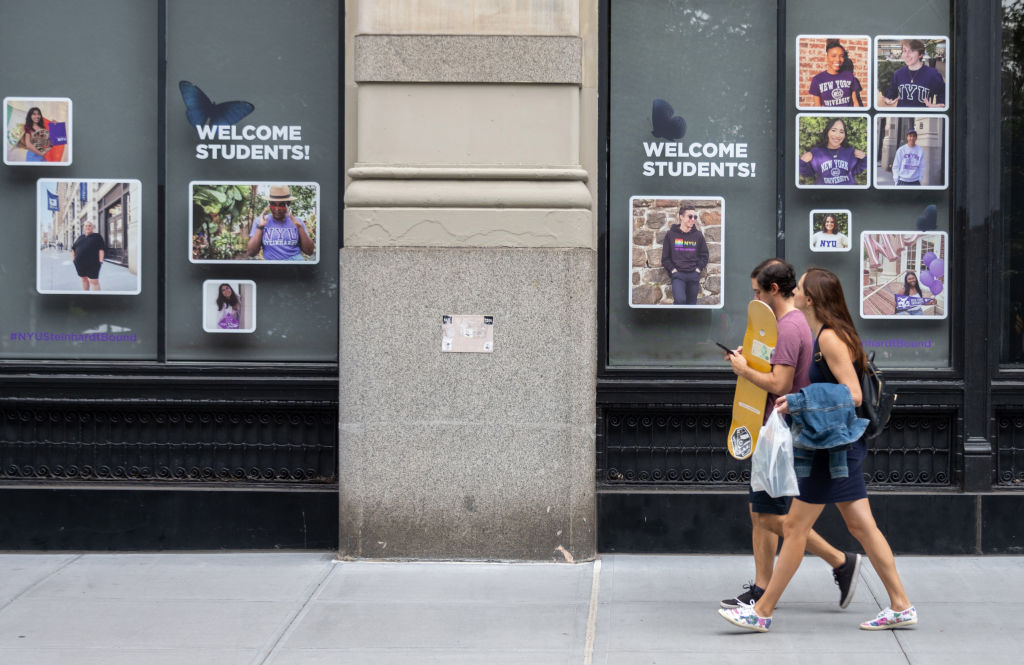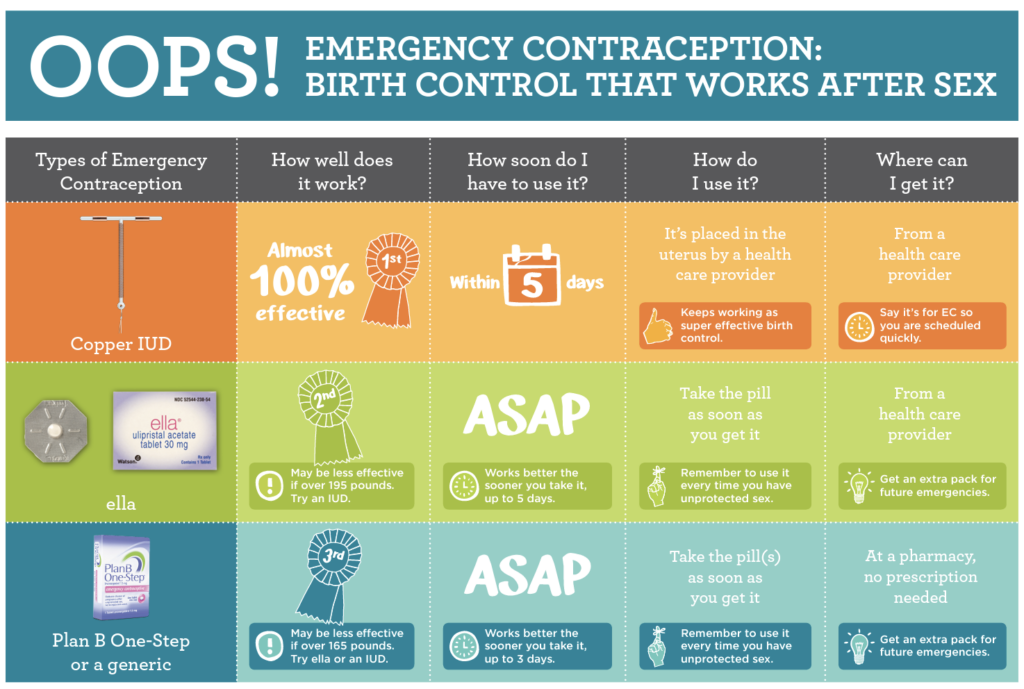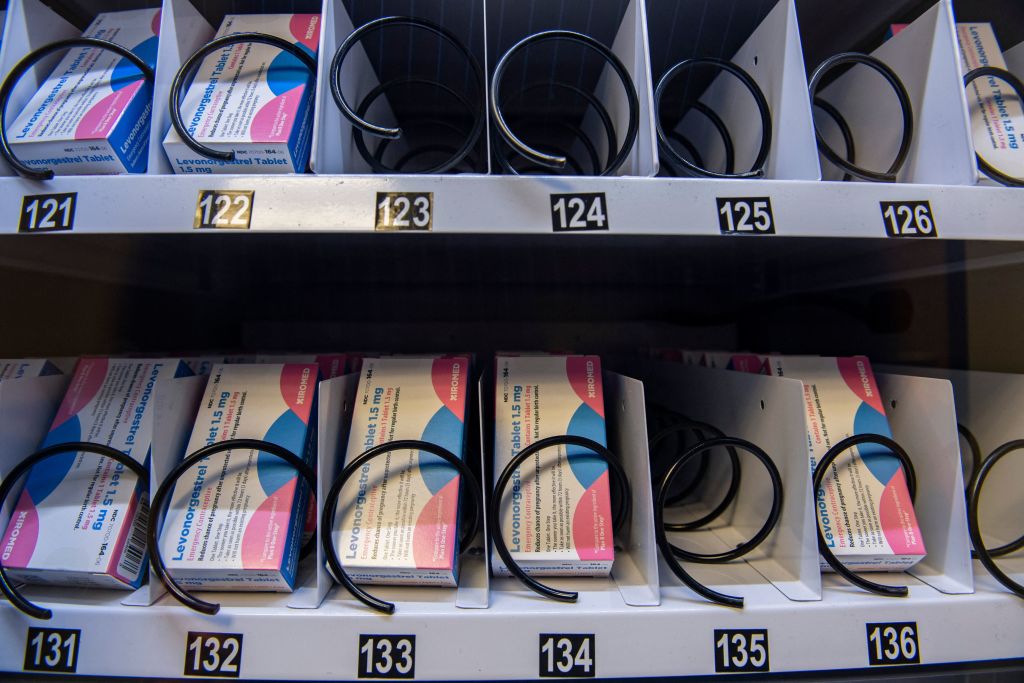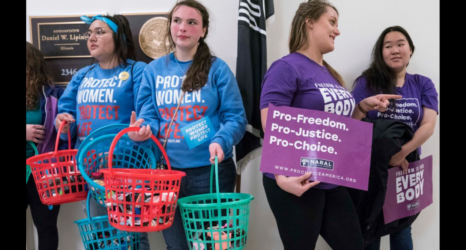Emergency contraception—the ‘last chance’ contraceptive method—is even more important in a post-Roe world, but most young people do not know their options.

Access to contraception has been uneven across the U.S. for a long time, and not always affordable—especially for young people. Now that the Supreme Court has overturned the right to abortion, and state legislators and anti-abortion activists have increased their efforts to block any avenue to abortion care, it’s even more urgent that people who want to prevent pregnancy understand all their options and have access to the birth control method that is right for them. That includes knowing about all the types of emergency contraception.
Emergency contraception methods are ones people can use after they’ve had sex and are concerned with becoming pregnant. They work by preventing or delaying the release of an egg from the ovary to prevent pregnancy after the fact.
My research team at Beyond the Pill sat down with community college students to find out what they know about emergency contraception. We included a wide range of people, from adolescents and young adults, LGBTQ and heterosexual students, immigrants and U.S. born, and many racial and ethnic backgrounds.
Most had some idea about emergency contraception pills in general. A lot of people had heard about Plan B, which is available over the counter, best if taken within three days. More than half had never heard of another pill called ella—an emergency contraception that’s slightly more effective and works up to five days, though you need a prescription.
Virtually nobody knew that you can get an intrauterine device (IUD) inserted after sex as emergency contraception. You can then use an IUD as a birth control method for several years.
This awareness gap is surely not limited to the students we talked to. It’s made even worse by the fact that anti-abortion groups are deliberately spreading false information, conflating emergency contraception with abortion and causing confusion for people who need care and see a dizzying array of headlines about laws targeting their health.

My research team found an easy way to teach young people about all their options that works. We used visual youth-friendly charts to explain when to use emergency contraception and how to get it. After our short educational session, almost everyone knew that an IUD is the most effective form of EC at almost 100 percent.
When asked what surprised them, one student said, “That the copper IUD can be used an emergency contraception and you can leave it in as birth control too.”
Over 90 percent knew which emergency contraceptive pills were at the pharmacy without a prescription, and that both pill types worked best when taken as soon as possible. Everyone was able to easily grasp the important information about emergency contraception that would help them to get it if needed.
With young people facing increasing constraints on their reproductive health, they need to be aware of emergency contraceptive methods, where to get them and how to use them. However, the vast majority of providers aren’t counseling young people about emergency contraception. It’s key for healthcare providers to inform their patients about emergency contraception, and to offer a supply in advance to have at home.

We also need better insurance coverage for prescription options, training for providers on providing EC ahead of time so people have it when they need it, and availability in emergency departments. Education for young people outside of clinic settings is an essential piece. Young people deserve the knowledge to make the best decisions for themselves about their reproductive health.
Up next:
U.S. democracy is at a dangerous inflection point—from the demise of abortion rights, to a lack of pay equity and parental leave, to skyrocketing maternal mortality, and attacks on trans health. Left unchecked, these crises will lead to wider gaps in political participation and representation. For 50 years, Ms. has been forging feminist journalism—reporting, rebelling and truth-telling from the front-lines, championing the Equal Rights Amendment, and centering the stories of those most impacted. With all that’s at stake for equality, we are redoubling our commitment for the next 50 years. In turn, we need your help, Support Ms. today with a donation—any amount that is meaningful to you. For as little as $5 each month, you’ll receive the print magazine along with our e-newsletters, action alerts, and invitations to Ms. Studios events and podcasts. We are grateful for your loyalty and ferocity.





